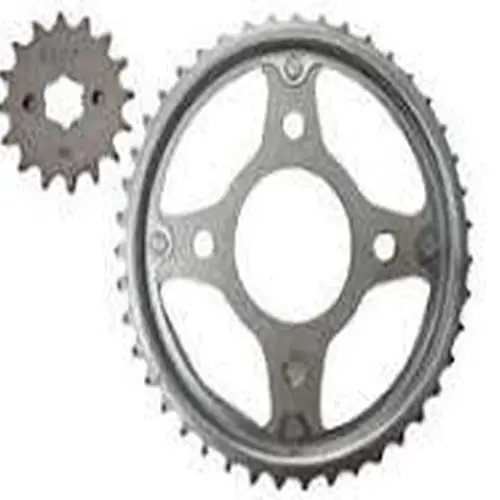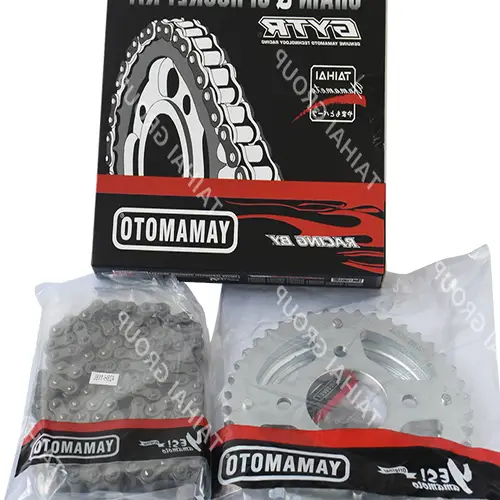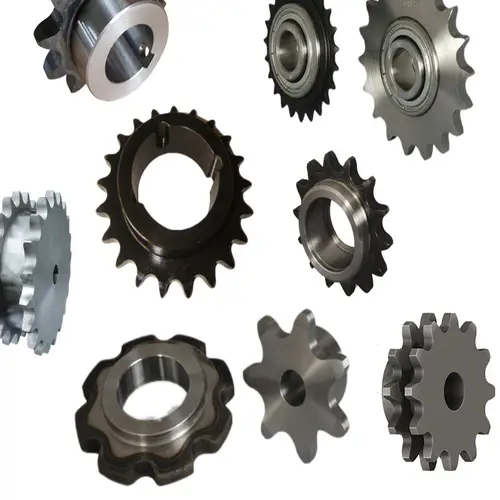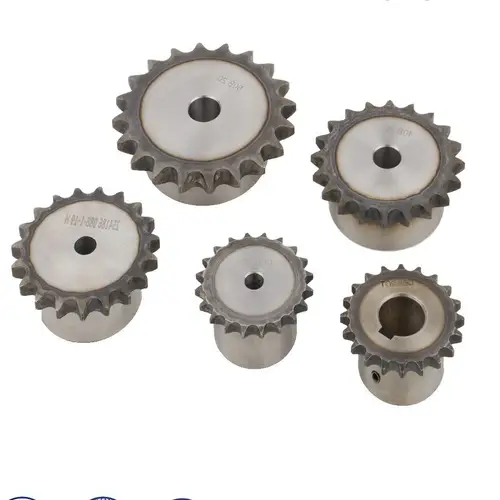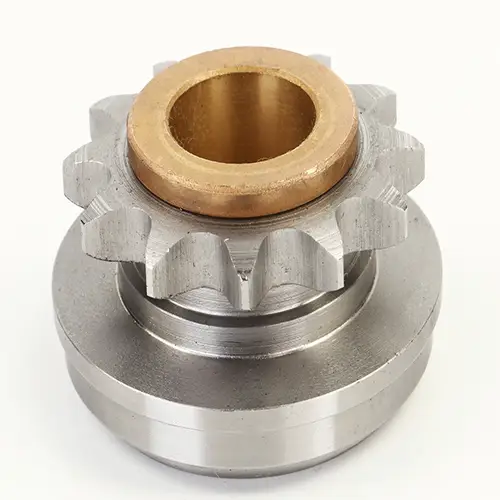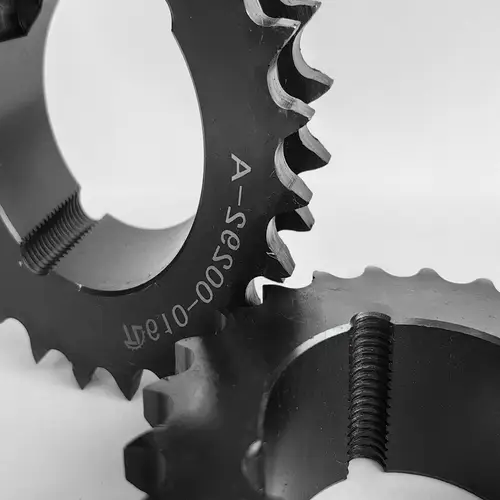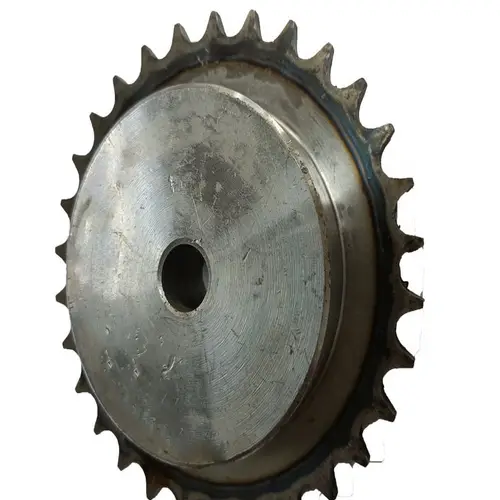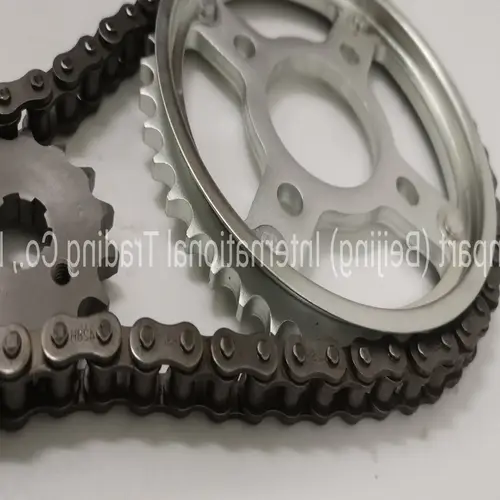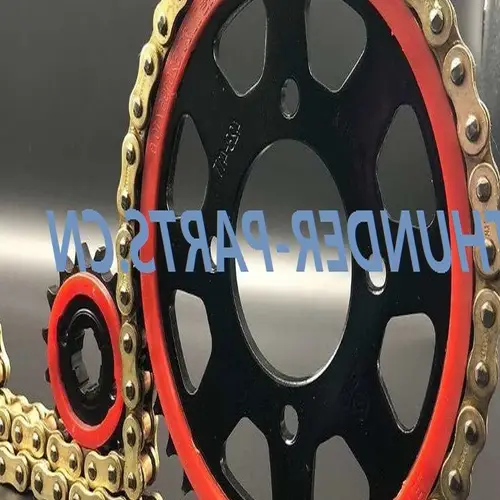
Premium Motorcycle Sprocket Chain Gear Kits for YAMAHA, Suzuki, Bajaj – Unmatched Quality and Durability
Product Description
Our motorcycle sprocket chain gear kits are crafted for exceptional durability and superior quality. Ideal for YAMAHA, Suzuki, Bajaj motorcycles, these kits ensure high performance and reliability for various models ranging from 50cc to 250cc, including cubs, mopeds, and off-road bikes.
Key Features:
- Durable and high-quality materials ensure long-lasting performance.
- Attractive and secure packaging for safe delivery.
- Prompt and efficient delivery service to meet your needs.
- Extensive range of parts available for a multitude of models.
- OEM production is welcome to meet specific requirements.
- Competitive wholesale prices to provide the best value.
- One-stop buying service for your convenience.
We offer a wide range of sprockets and chain kits for motorcycles from 50cc to 250cc, including cubs, mopeds, off-road bikes, and more. For further information, please feel free to contact us.
Frequently Asked Questions
1. Why choose our products?
Our expertise in the motorcycle parts industry in China ensures that our customers are completely satisfied with our high-quality products, experienced service, and competitive prices.
2. What is the Minimum Order Quantity (MOQ)?
Our MOQ varies between 100 to 200 pieces or sets, depending on the specific parts. For some items, a lower MOQ of 50 pieces is acceptable.
3. What are the delivery options?
We offer flexible delivery options, including air, sea (LCL, FCL), and express delivery (DHL, UPS, TNT, FEDEX), allowing you to choose the best method for your needs.
4. What is the delivery time?
Delivery times typically range from 15 to 20 days after receiving your deposit. For items in stock, we can expedite delivery within one week.
5. What payment methods do you accept?
We accept T/T payment, L/C, and Western Union. T/T is our preferred method, typically requiring a 30% deposit with the balance paid before or after loading.
Our Other Product Offerings
EVER-POWER GROUP also specializes in supplying a diverse range of industrial products, including agricultural gearboxes, power output shafts, sprockets, fluid couplings, worm gear reducers, gears and racks, roller chains, pulleys, planetary gearboxes, timing pulleys, and bushings. We focus on delivering high-quality products at preferential prices with exceptional service. Custom drawings and samples are welcome to meet your specific requirements.
All the content of the page is from the Internet, the content is only as a reference for product selection, our products are replacement parts and not original spare parts; we are not the holder of the original trademarks of the content, our products are only suitable for after-sales replacement parts and not original spare parts, our replacement parts can be perfectly adapted to the original spare parts; if you need to buy original spare parts, please contact the original factory to buy. If you want to buy original spare parts, please contact the original supplier for purchase.
Performance Characteristics of Chain Sprocket
Chain sprockets are pivotal components in numerous mechanical systems. Their performance characteristics are vital for the efficient functioning of these systems. Here are some key performance attributes:
Precision Engineering
Chain sprockets are designed with meticulous precision to ensure seamless motion transfer, reducing vibration and wear.
High Tensile Strength
Manufactured from robust materials, chain sprockets exhibit high tensile strength, which is crucial for enduring heavy loads and high-stress conditions.
Corrosion Resistance
Many chain sprockets are coated or made from materials that resist corrosion, extending their lifespan even in harsh environments.
Efficient Power Transmission
They facilitate efficient power transmission with minimal energy loss, enhancing the overall performance of the machinery.
Types and Characteristics of Chain Sprocket
Chain sprockets come in various types, each designed for specific applications:
Roller Chain Sprockets
These are the most common type, used in a wide range of applications. They are known for their versatility and durability.
Silent Chain Sprockets
Designed for noise reduction, these sprockets are typically used in environments where quiet operation is crucial.
Double Pitch Sprockets
These sprockets are used for low-speed, high-load applications, offering extended chain life.
Engineering Class Sprockets
These are heavy-duty sprockets designed for industrial applications, providing superior performance under demanding conditions.
Advantages of Chain Sprockets Made of Different Materials
Steel Chain Sprockets
Known for their durability and resistance to wear and stress, steel sprockets are ideal for heavy-duty applications.
Stainless Steel Chain Sprockets
These sprockets offer excellent corrosion resistance, making them suitable for marine and food processing applications.
Plastic Chain Sprockets
Lightweight and resistant to chemicals, plastic sprockets are often used in applications where weight and corrosion are concerns.
Aluminum Chain Sprockets
These sprockets are lightweight yet strong, providing a good balance between performance and weight savings.
Applications of Chain Sprocket
Chain sprockets are integral to many industries, each requiring specific attributes:
Automotive Industry
In the automotive sector, chain sprockets are used in timing systems, ensuring precise engine operation.
Agricultural Equipment
Agricultural machinery relies on sprockets for efficient power transmission, enhancing productivity in farming operations.
Construction Equipment
Heavy-duty sprockets in construction equipment ensure reliability and performance in rugged environments.
Industrial Machinery
Industrial machines use sprockets for various processes, contributing to efficient manufacturing operations.
Marine Applications
Marine equipment uses corrosion-resistant sprockets to withstand harsh seawater conditions.
Future Development Trends and Opportunities for Chain Sprocket Products
The chain sprocket industry is poised for significant advancements:
Material Innovations
New materials and coatings will enhance durability and performance, expanding the range of applications for chain sprockets.
Smart Sprockets
Integration of sensors and smart technologies will enable real-time monitoring and predictive maintenance, reducing downtime.
Sustainability
Eco-friendly manufacturing processes and materials will become more prevalent, aligning with global sustainability goals.
How to Choose a Suitable Chain Sprocket
Selecting the right chain sprocket involves several considerations:
Clear Requirements
Define the specific needs of your application, including load capacity, speed, and environmental conditions.
Material Selection
Choose the appropriate material based on the application’s demands, whether it’s high strength, corrosion resistance, or lightweight requirements.
Design Optimization
Ensure the sprocket design matches your machinery’s operational parameters for optimal performance.
Suppliers and After-Sales Service
Select reputable suppliers who offer comprehensive after-sales support, ensuring long-term reliability.
Cost-Effectiveness
Balance cost with quality to ensure you get the best value without compromising performance.
Quality Control
Ensure strict quality control measures are in place to guarantee the sprocket’s performance and longevity.
Summary
Chain sprockets are essential components in various industries, offering reliable power transmission and durability. Understanding the different types and materials, as well as their applications, helps in making informed decisions. Future trends point towards more advanced, sustainable, and smart sprockets, promising enhanced performance. Careful selection based on specific requirements and quality considerations ensures optimal results.
Author: Dream

